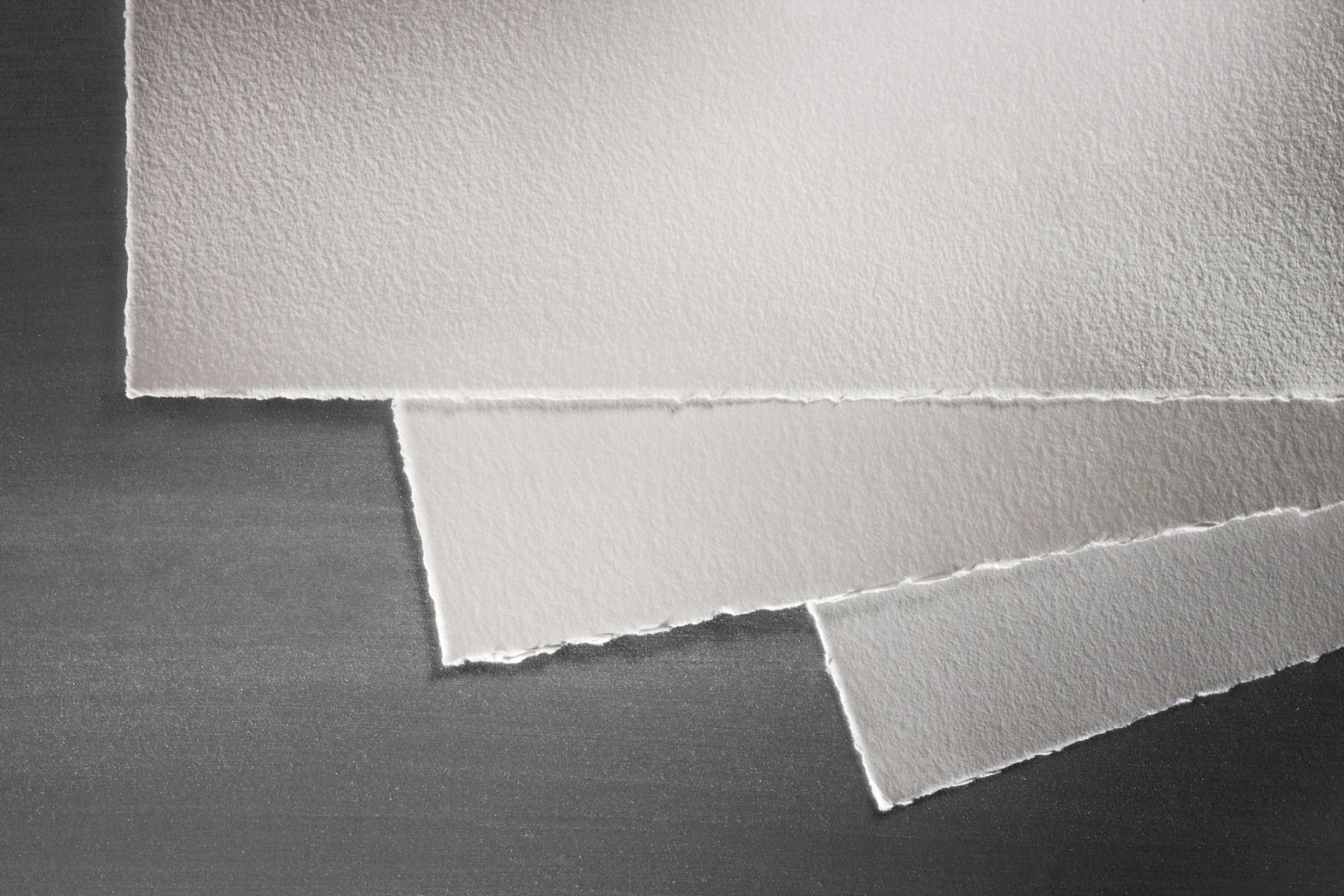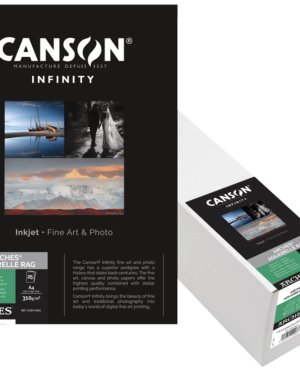Subtotal: $1,416.29
Hahnemuhle William Turner Deckle Edge 310gsm A3+ 25 Sheet Box
A beautiful hand crafted version of the watercolour textured William Turner paper
High demand item, please call/email to check stock.
03 96462399 sales@borge.com.au
$279.00
Deckle edge version of one of our favourite textured papers. Deckle edges can really take your prints to another level, bring a wonderful hand made feel to your work.
With its matte watercolour texture, this paper is a genuine mould-made paper in bothlookand feel.
William Turner is ideal for reproductions of traditional artworks and also for striking and expressive photo reproductions.
Natural White, 100% cotton rag content.
Specifications
Please note: Specifications are provided as a guide only.
We try very hard to keep these up to date and correct, but if a particular specification is really critical to you, then please double check the specification directly with the manufacturer. Some features may of course have caveats not fully described here.
To get more information about a particular specification, use the arrow to get a ‘Specxplanation’.
-
ConstructionFibre Based
Papers are constructed in two main ways:
Resin Coated papers are the modern approach. These use less fibre and replace the fibre with resin (a nice name for plastic). This means these papers are cheap, strong and robust, but tend to be less attractive to the touch and accept less ink. They tend to have a clinical appearance and it’s hard to write on the back of them. They tend to be popular in the consumer and wedding/portrait markets.
Fibre Based papers are traditional papers made without plastic, using only plant fibres. These tend to accept more ink and have a more attractive appearance, and these are the papers most of our customers favour.
-
Substrate100% Cotton
What is the paper base made from?
Possibilities include:
- Wood Pulp – the most common and cheapest
- Alpha Cellulose – the best part of wood pulp, separated. Generally tested as archival as cotton etc
- Cotton – the most common fine art paper fibre
- Bamboo – an ecologically friendly alternative to cotton
- Mulberry & more – many other plant fibres can be used to make archival paper
-
Paper Weight310 gsm
In ‘gsm’ – grams per square metre.
Not, technically, the same as paper thickness, but obviously correlated. The heft of the paper. European art papers are traditionally generally around the 300gsm mark. Asian papers historically tended to be lighter, 100 to 200 gsm.
Papers with a higher GSM tend to have more opacity, i.e. you see less through them.
-
Surface TextureMatte, Textured
What is the surface texture of the paper?
We divide this into six groups. We go by the appearance of the actual paper and not what the manufacturer might label the box with!
- Matte – smooth and texture
- Gloss – semi, gloss, and high gloss
- Double Sided – special case papers that are printable to full quality on both sides.
-
White ToneWhite
What is the white tone of the paper?
- Cool White – a paper with a distinctly cool (blue) tone
- Bright White – A paper that is brighter than non brightened papers, but not overly cool
- White – a natural clean white tone for an art paper – most Photo Rag papers fall here
- Warm – a distinctly warmer, creamier paper
- Pearlescent – a distinct warm grey tone (generally found only with metallic papers)
-
CoatingMicroporous
These days almost all papers are microporous coated – meaning they’ll accept inks from both dye based and pigment printers well.
In years past, some papers had a swellable coating – designed to give a greater life to prints with dye based inks but this approach has fallen out of favour.
-
Compatible InksPigment Inks (use matte black)
Dye Based InksWhat ink type (dye and/or pigments) can you use with the paper?
Also, if using pigment inks and you have a choice, should you use the Matte Black or Photo Black ink?
-
Optical Brighteners?

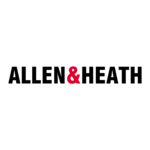

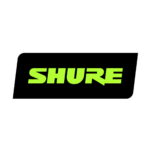






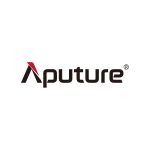
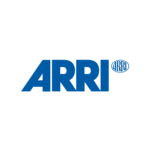



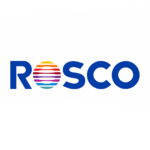
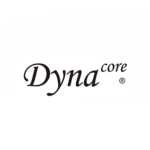


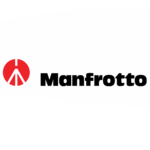

 Kevron Key Tag Clicktags ID5 Pack of 50 Red
Kevron Key Tag Clicktags ID5 Pack of 50 Red  SmallRig 1870 Extension Arm with Arri Rosette
SmallRig 1870 Extension Arm with Arri Rosette  Kimberly-Clark Kimtech 4130 Prep Pop-Up Wipers
Kimberly-Clark Kimtech 4130 Prep Pop-Up Wipers 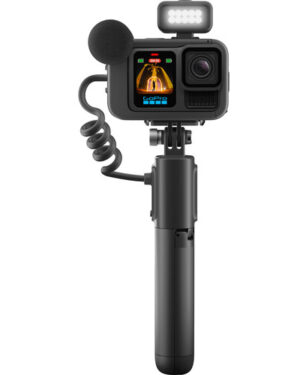 GoPro HERO13 Black Creator Edition
GoPro HERO13 Black Creator Edition  Think Tank StreetWalker Backpack V2.0
Think Tank StreetWalker Backpack V2.0 
